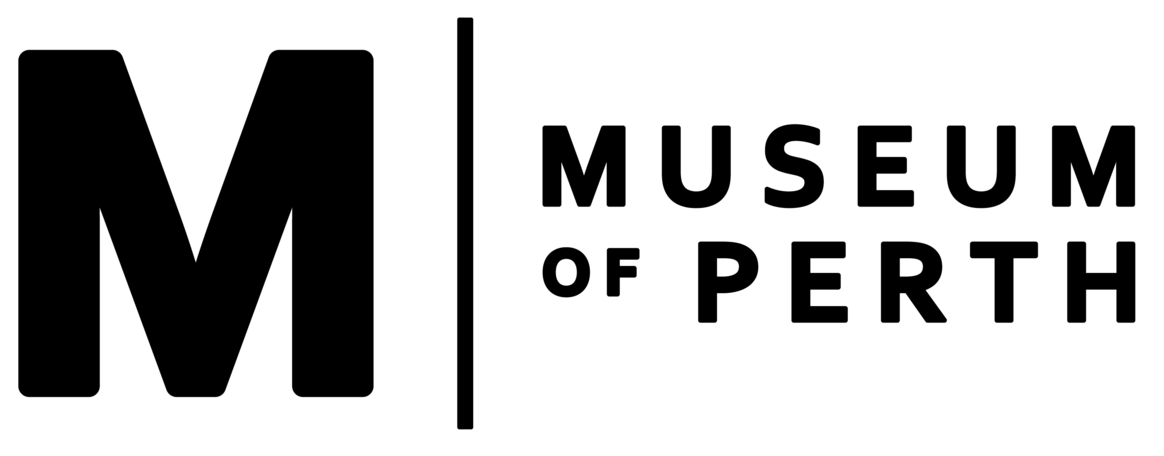Goonagar
Goongar / Goomagar
Description & Location
Goonagar is the name of the island between Matta Gerup and Kakaroomup, the most southern-reaching of the mud flat islands. Relatively low-lying, this area was prone to flooding in high tide, yet was still sufficiently high enough to cross from one bank to the other with little difficulty.
The mudflats encompassing Goonagar is an important part in the creation journey of the Waugyl, the giant rainbow snake of Noongar Dreaming. When the Waugyl journeyed towards the ocean, creating the present course of the bilya (Swan River), it became stuck in the mud flats and shook off its scales to get through Matta Gerup to Buneenboro. The name Goonagar may be an extension of the Noongar word ‘goona’, or excrement, the island being the scales that it shed.
A relatively large swamp or shallow lake once existed on the island, providing fertile hunting and fishing grounds for large numbers of Noongars. Bush tucker, such as yanjidee (the edible interior rhizome root of bulrushes) filled the waterways of the Swan Coastal Plain and were collected by the women using wanna (digging sticks) during the Noongar season of Djeran (April-May). Bulrush filled the mud flat islands for much of the twentieth century, with Aboriginal people continuing to regularly camp amongst these reeds up until the early 1970s.
The site of Goonagar is presently between East Perth and Victoria Park where the Causeway Bridge was constructed and most likely encompasses Matta Gerup. Today, it is difficult to ascertain where Goongar, Matta Gerup and Kakaroomup end and reclamation begins due to the progressive works and filling that resulted in the single piece of land called Heirisson Island.
References
Macintyre, K. & Dodson, B. (November 2017). Typha Root: An Ancient Nutritious Food in Noongar Culture. Retrieved from https://anthropologyfromtheshed.com/project/edible-roots-typha-bulrush/.
State Library of NSW. (1899). Box 5 Folder 1: Western Australian Place Names, 1899-1903, p. 27.
State Records Office of WA. Cons993. 1948/0150. List of native names for naming farms etc., p. 15, 149.
Vinnicombe, P. (1989). Goonininup: A Site Complex on The Southern Side of Mount Eliza : An Historical Perspective of Land Use And Associations in The Old Swan Brewery Area. Perth, WA: Western Australian Museum.
Maps
State Records of WA. Cons3844. 1835. Item 025. Plan of the canal and islands, Swan River by T. Watson (Heirisson Island) [Tally No. 005134].
View of islands from Mardalup, June 1862, State Library of Western Australia, 6923B/41

